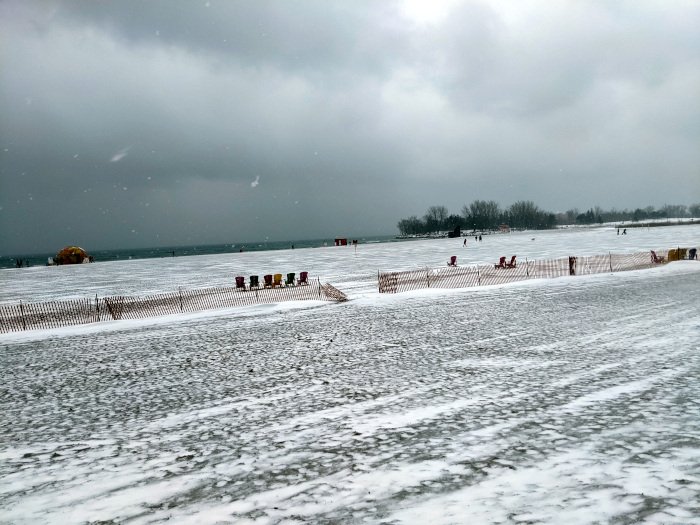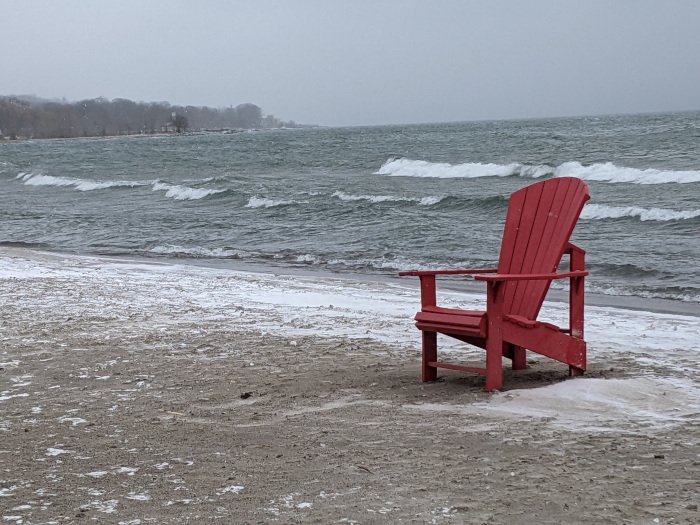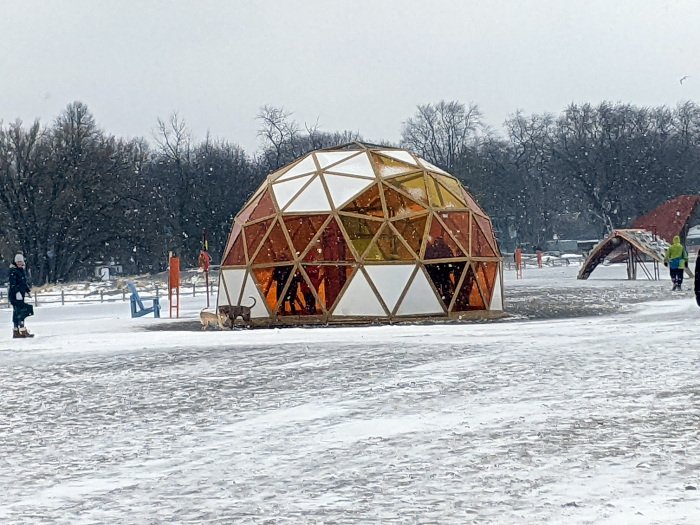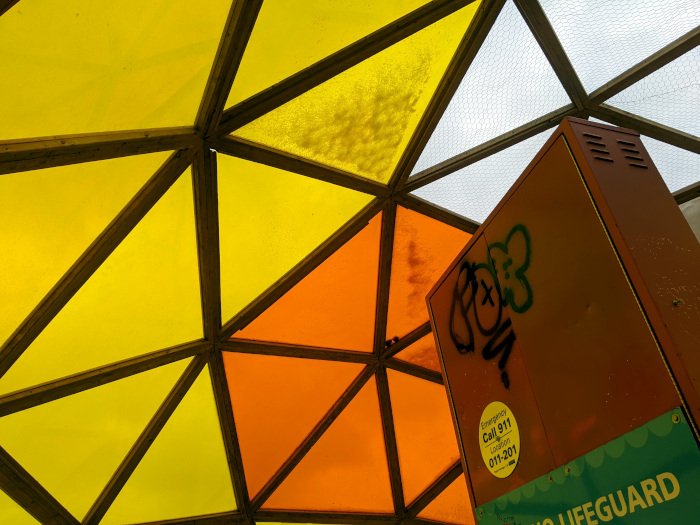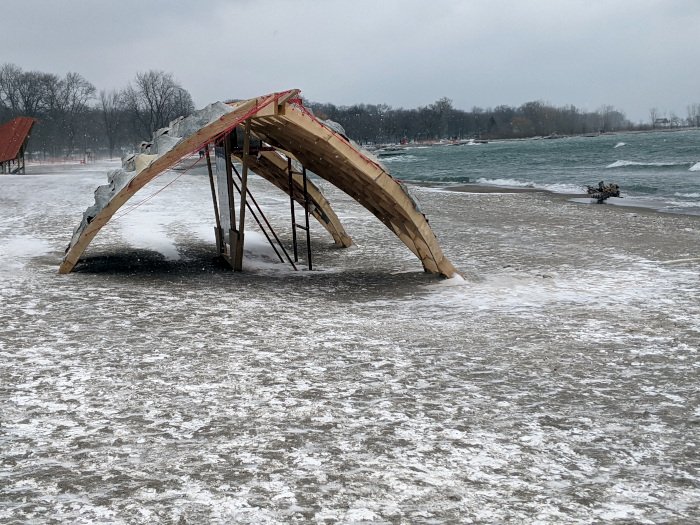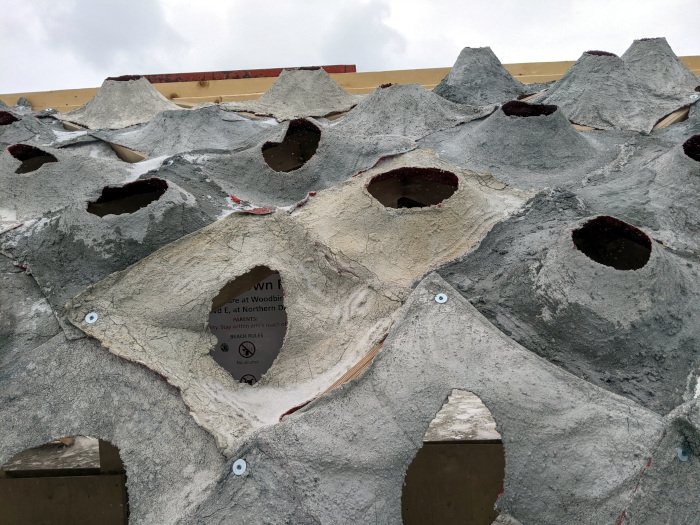When Aïsha was eleven and her brother Roger was eight, they decided they were going to capture a snicker and make it a pet. Snickers were the cat-sized, flying mammal-type species that nested near Gaia's human habitat. They nested in triples — a male, a female, and a third sex the scientists were still arguing over — and they lived on the rodent-sized, reptile-type creatures found all over Gaia. Even though they were a common species, they were wary of any creatures not of their kind, including humans, and tended to scatter if they saw anything approaching. Zoologists spent a lot of time trying to come up with a blind, or even a photography drone, that wouldn't scare them away.
Aïsha and Roger didn't care about zoology. They just wanted a snicker as a pet.
To that end, they'd come up with a way to get past the perimeter gate, decided on which gear they'd need to borrow from their parents' shed to catch and hold a snicker, and plied the communal knowledge base's search engine with questions about what snickers ate, and what they liked to sleep on.
They'd also manufactured a story about how they were researching snickers for school in case their parents asked about their search histories, but since studying snickers didn't set off any of the content control alarms, their parents never asked.
Even though the nearest snicker habitat — a marsh with several nesting triples — was to the north of the human settlement, Aïsha led Roger to the southwestern gate. There was an apple orchard near the gate, and they took photos of the trees for a few minutes.
"Mama will like the pictures of apple blossoms for her calendar screen," said Aïsha. From a distance the position of her head made it look like she was addressing Roger, but she was watching the gate scanner. "Let's go home."
"Okay!" said Roger, and he ran towards Aïsha. He pretended to trip on a tree root that wasn't there, went sprawling, and burst into tears, clutching his shin and screaming.
"Are you okay?" The scanner's blue lens stopped sweeping the area in front of the gate and angled itself in Roger's direction, trying to get a visual.
"Call a medbot!" said Aïsha. "I'm not big enough to carry him to an infirmary!"
"Just a moment," said the scanner, and its lens receded into the wall.
Aïsha helped Roger up, and they ran to the wall beside the gate. As the scanner extended from the wall again to resume gate checks, they slipped into the doorway and through the gate, behind the scanner's line of sight.
"You were telly good at that," said Aïsha. "You even scared me."
"It's nothing," said Roger, but he held his head a little straighter as he ran to catch up with his sister. "I just copy the footballers on those old videos Mum likes to watch."
They ran along the path the zoologists and botanists had established for their work. Every once in a while, a lizard-mouse would scurry across the path in front of them. On either side were tall grasses, pale pink as they lost their chlorophyll for the winter. There were giant land anemones within sight too, rooted things that swatted flying creatures out of the air and stuffed them into their open-topped trunks for digestion, but they were too far away from the path to be dangerous.
Roger froze and stared as a land anemone swiped at a particularly large salamander bat and expertly knocked it into its feeding orifice. "We should go home through the next gate."
"We'll get in trouble if we do that. There's a plan, remember?"
The salamander bat raised a paw, one wing, and its head from the anemone. The anemone shoved it down again, and the trunk undulated as it swallowed.
"Come on, Roger." Roger ran on, checking for anemones and moving to the opposite side of the path when they were parallel to one.
They reached the marsh where the snickers liked to nest. Aïsha stopped several metres away, gesturing for Roger to stay behind her. She pulled a mesh bag out of her backpack, and picked up a rock from the edge of the path. She crawled forward slowly, doing a fair imitation of their neighbour's cat when it was stalking something.
Two metres before she reached the edge of the marsh, the snickers rose in a swarm, all of them making the clicking sound that had given them their common name. Aïsha ran in a crouch, threw the mesh bag over something Roger couldn't see, then stood up and walked back to him. She held up the bag.
It had a baby snicker in it.
The snicker was struggling in the bag, making a noise like an incomplete version of its parents' call. "Ah-ah-ah-ah-ah-"
The snicker flock descended on them, a tornado of brown spiny flight hairs, claws, and sharp teeth. Aïsha screamed and dropped the bag, holding up her arms to protect her face. Roger fell to the ground and curled up, nose pressed into the dirt, forearms boxed around his ears.
It felt like it was going on forever, when Roger heard shouting through his slashed-at ears. The snickers stopped attacking, but he didn't get up. He heard more shouts, and, closer, the sound of his sister whimpering.
"What are you two doing out here?" A warm hand pressed onto his bleeding shoulder, and Roger peeped up to see Dr. Johnson from the university peering down at him.
Roger stared at the zoologist's face, then sat up. A man he didn't recognise was leaning over Aïsha. "This one says they wanted a pet snicker," he said to Dr. Johnson. He sighed. "I'm guessing your family has no idea you're past the gates, right?"
"You're lucky you tripped one of the outward-facing scanners," said the zoologist. She helped Roger up. "Mostly they're just to keep watch on the land anemones."
"But they're rooted," said Aïsha, A tear rolled down her cheek and dropped onto her dress, blurring the red dirt stained onto it by the path.
"They move sometimes," said Dr. Johnson, "Part of the work is to condition them to stay away from us." She noticed the baby snicker, which lay still in the mesh bag. "That poor little thing. I guess we should take it back to the lab, Devon."
Devon knelt down and scooped up the snicker in both hands. "It's breathing," he said. "It looks like it got attacked by the flock, but it's still alive, at least for now."
Aïsha started sobbing.
"Get it to a vet then," said Dr. Johnson. "I don't think we'll be able to return it to the wild, but maybe it can have a halfway decent life in captivity." She reached out and pulled Aïsha to her. "I'll take these two home to their parents."
